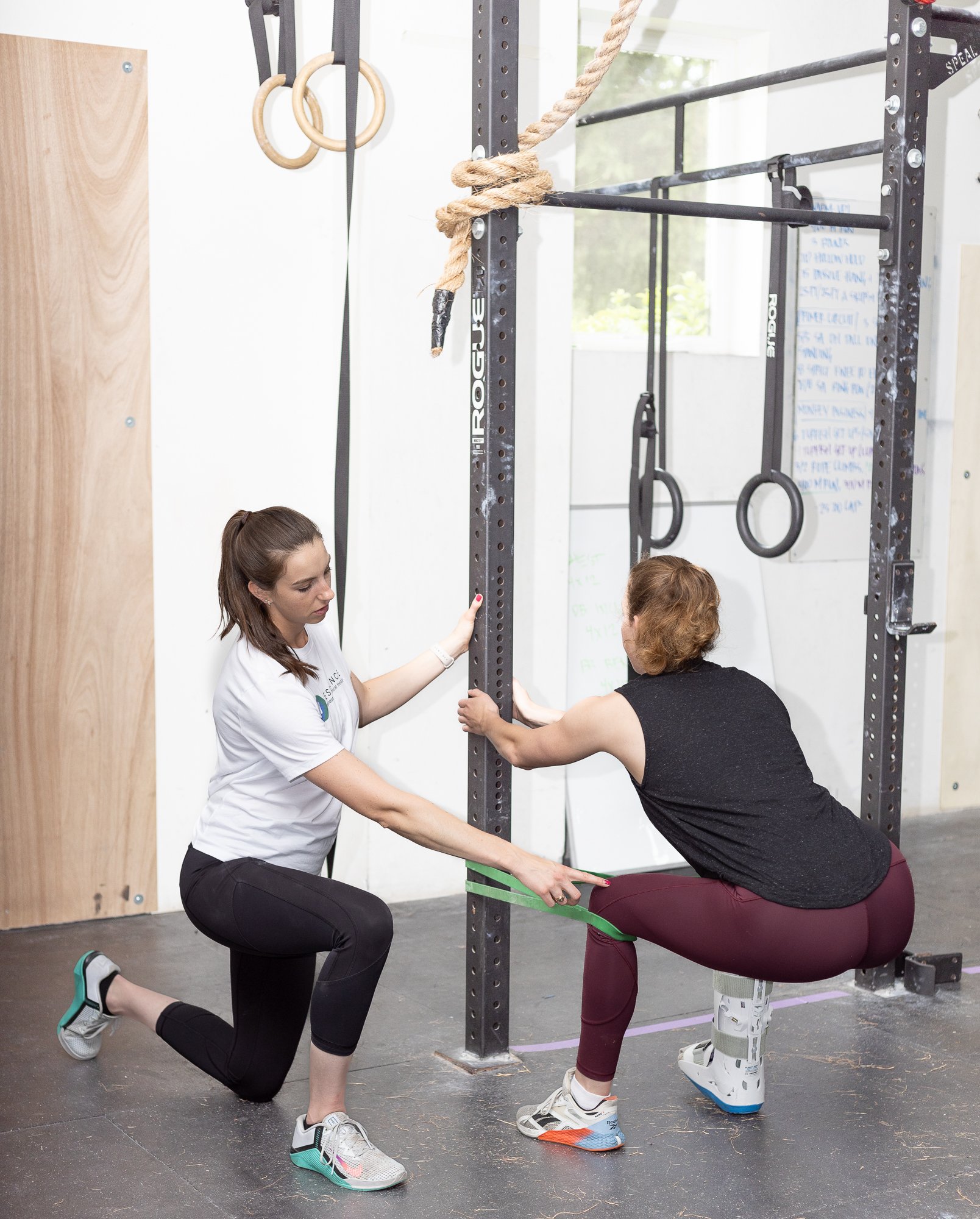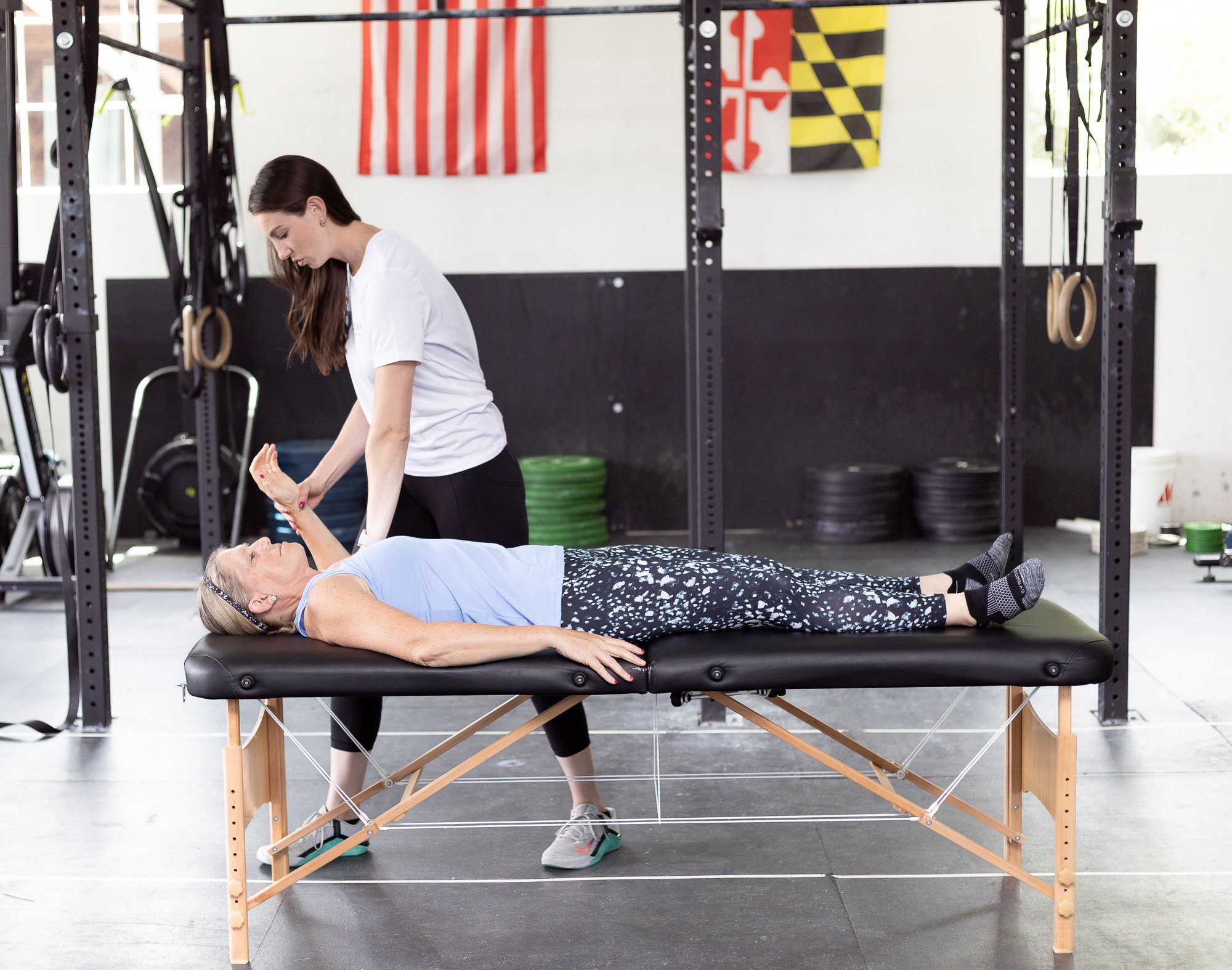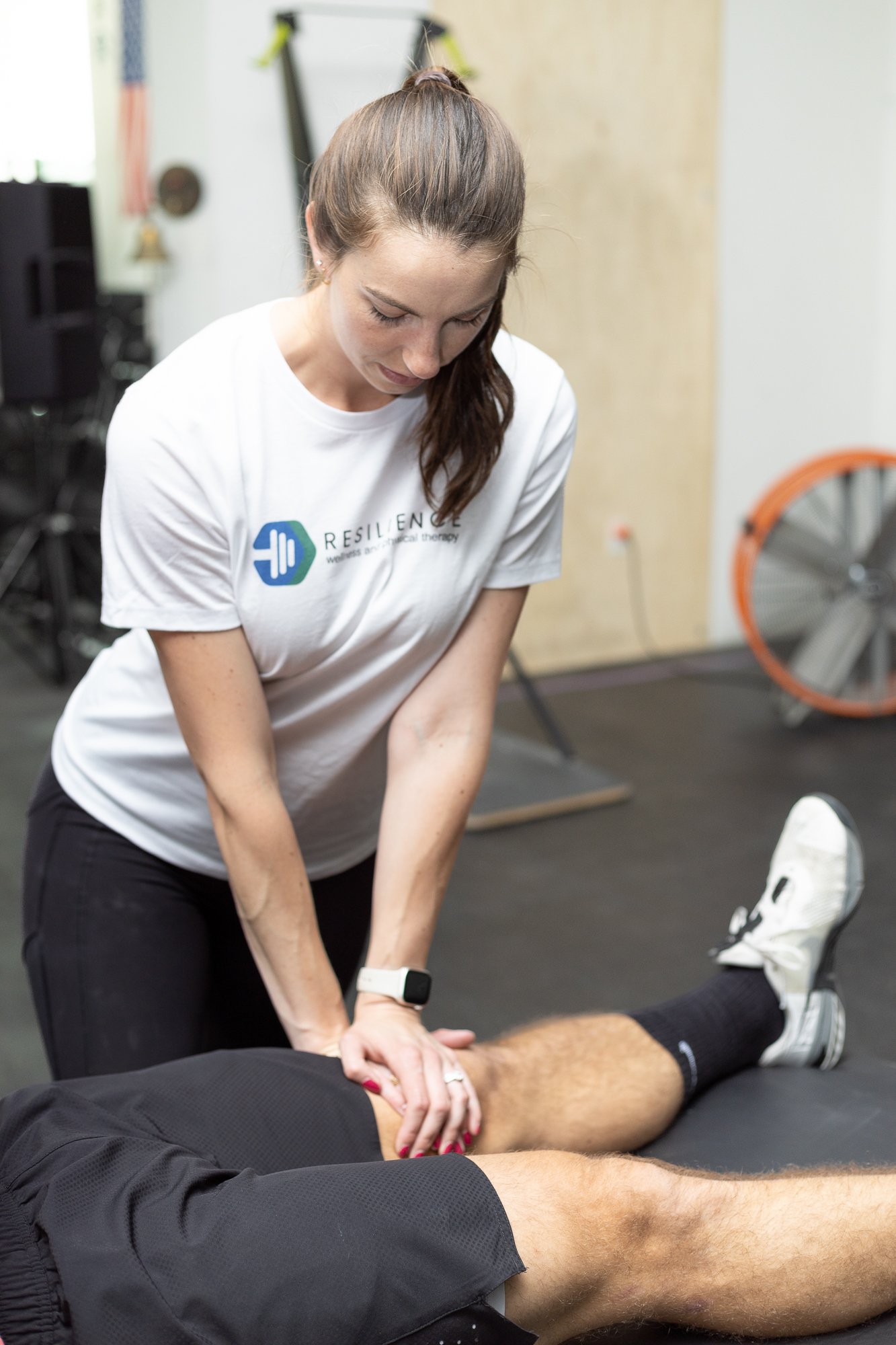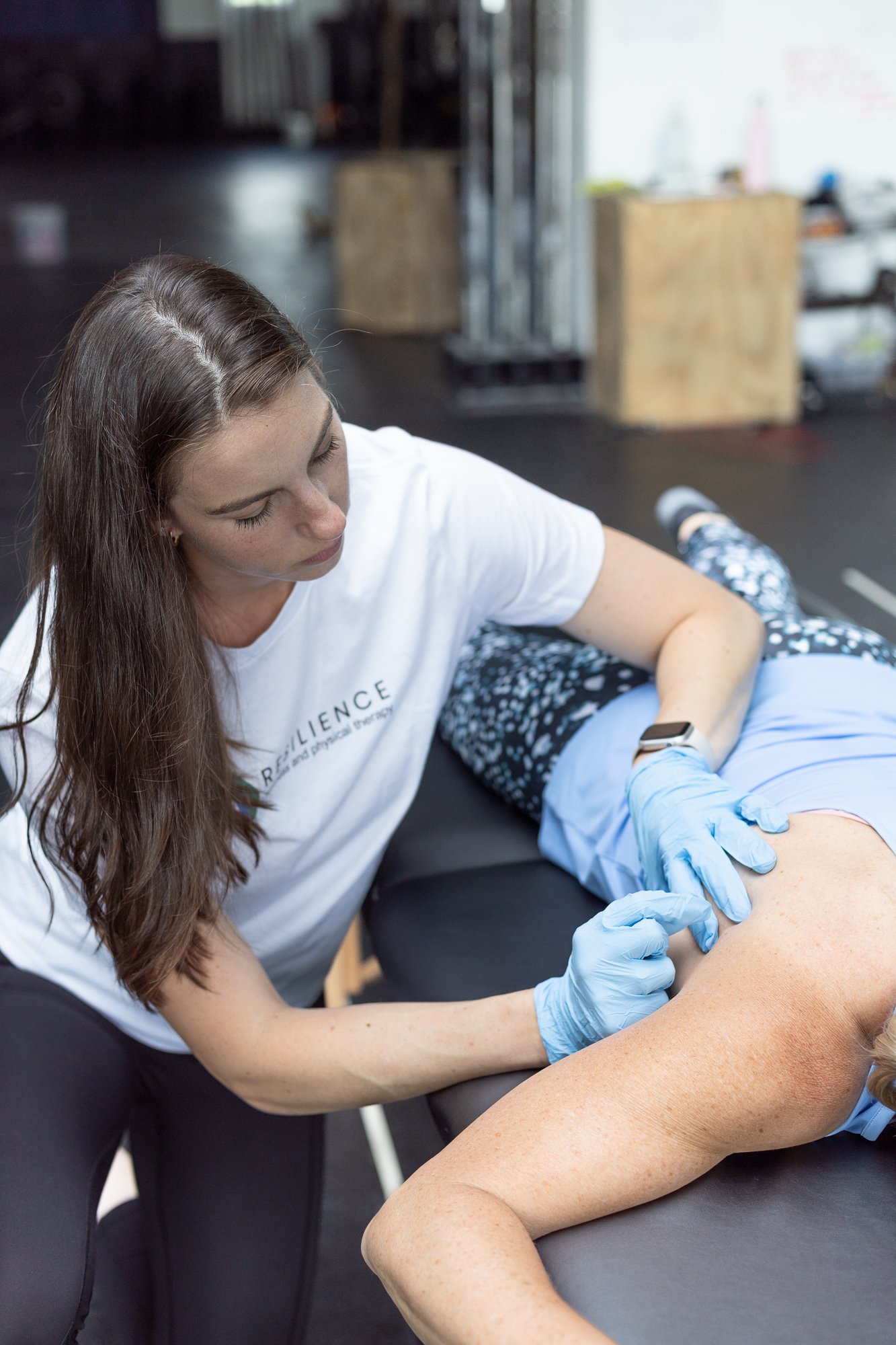It’s time to put RICE to rest.
We’ve all seen it. You sprain your ankle, and bam! Someone rushes to you with an ice pack, an ace bandage, and makes you sit and elevate your foot. Sounds helpful, right? For years ICE, then RICE, then PRICE was used as the standard of care. The protocol got an upgrade when POLICE was introduced (Protection, Optimum Loading, Ice, Compression, Elevation), but it still left something to be desired.
Those methods focused on the immediate management of an injury, and ignored the later stages of tissue healing, which studies have shown to have the biggest impact on recovery.
The time has come for PEACE & LOVE.
This new acronym addresses the entire rehab continuum, with PEACE focusing on the acute phase and LOVE focusing on long term care. Let’s go through each letter and note the biggest changes:
P - protect
Take one to three days to protect the injury and restrict movement. No protection can further injure the affected tissues, and too much rest can lead to further weakening. Use pain as your guide during this time.
E - elevate
This one still holds true. Elevate the affected area to promote fluid movement out of the site. Fluid needs to move in and then move out for healing to occur.
A - avoid anti-inflammatory modalities
Our bodies need the natural inflammatory process to occur to promote long-term healing, and medications that impede that process can be detrimental, especially at higher doses. Also under question is ice, despite its widespread use. Ice has always been mostly a pain-modulator, having limited effect on actual swelling, but we have to consider its impact on tissue healing. If ice is disrupting good inflammation, artery repair, and your body’s “clean-up” cells from getting to the area, then it’s time to stop icing.
C - compression
Compression still remains a good option to reduce unnecessary swelling, provide stability to the area, and improve overall quality of life immediately after injury.
E - education
Your health care provider should be educating you on how to promote recovery actively, avoiding passive treatment which can also prolong healing. They should be walking you through the very normal acute, sub-acute, and chronic phases of inflammation, and letting the body do its job.
L - load
After the first few days have passed, it’s time for the active approach! Mechanical stress when applied properly promotes tissue repair, tendon remodeling, and improves tolerance to daily activities. It also decreases fear of movement, especially if that movement was involved in the injury in the first place.
O - optimism
Fear and other psychological factors play a huge role in the healing process. Those who have positive expectations about healing are shown to have better outcomes. Just believing that you will heal will get you farther than those with low expectations.
V - vascularization
Get that heart rate up! Pain-free aerobic exercise should begin soon after injury to increase blood flow to the injured area. Blood flow brings with it cells that clean up the area, so blood flow in and out of the area will promote healing. It also reduces the need for pain medication, giving you a natural boost of endogenous opioids.
E - exercise
No surprise here, exercise helps restore strength and mobility, and reduces the likelihood of future injury. Avoiding pain during exercise at times and using it as a guiding light during others are indicated at different points in the healing process. Progressive loading creates resilient muscles, joints, and humans in many ways.
Share the peace and love!
This approach encourages proper management of injuries in more than just the acute phase. This keeps in mind long-term outcomes while treating the entire person with the injury, not just the injury. Share this far and wide, and the next time you twist your ankle or jam your finger, say no to the ice and NSAIDs and yes to the PEACE and LOVE!
Check out the full article here.





